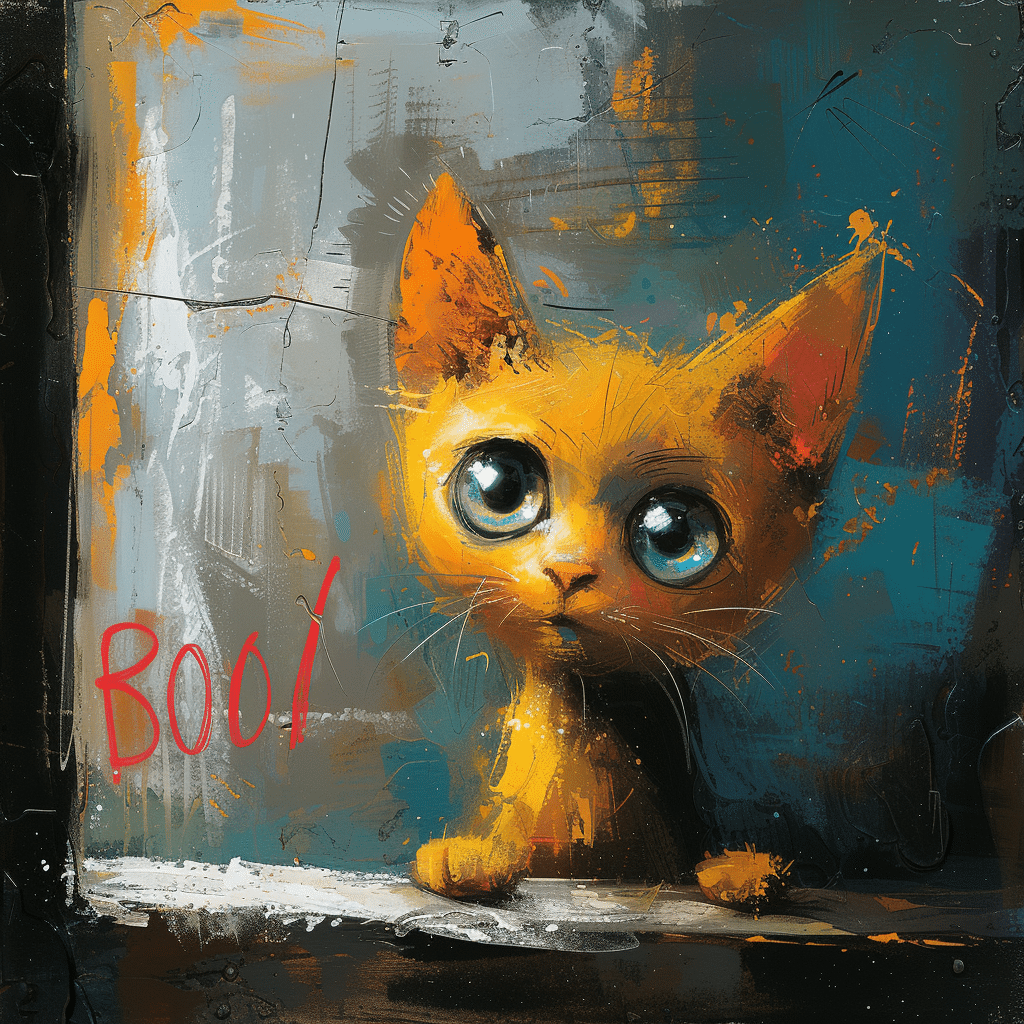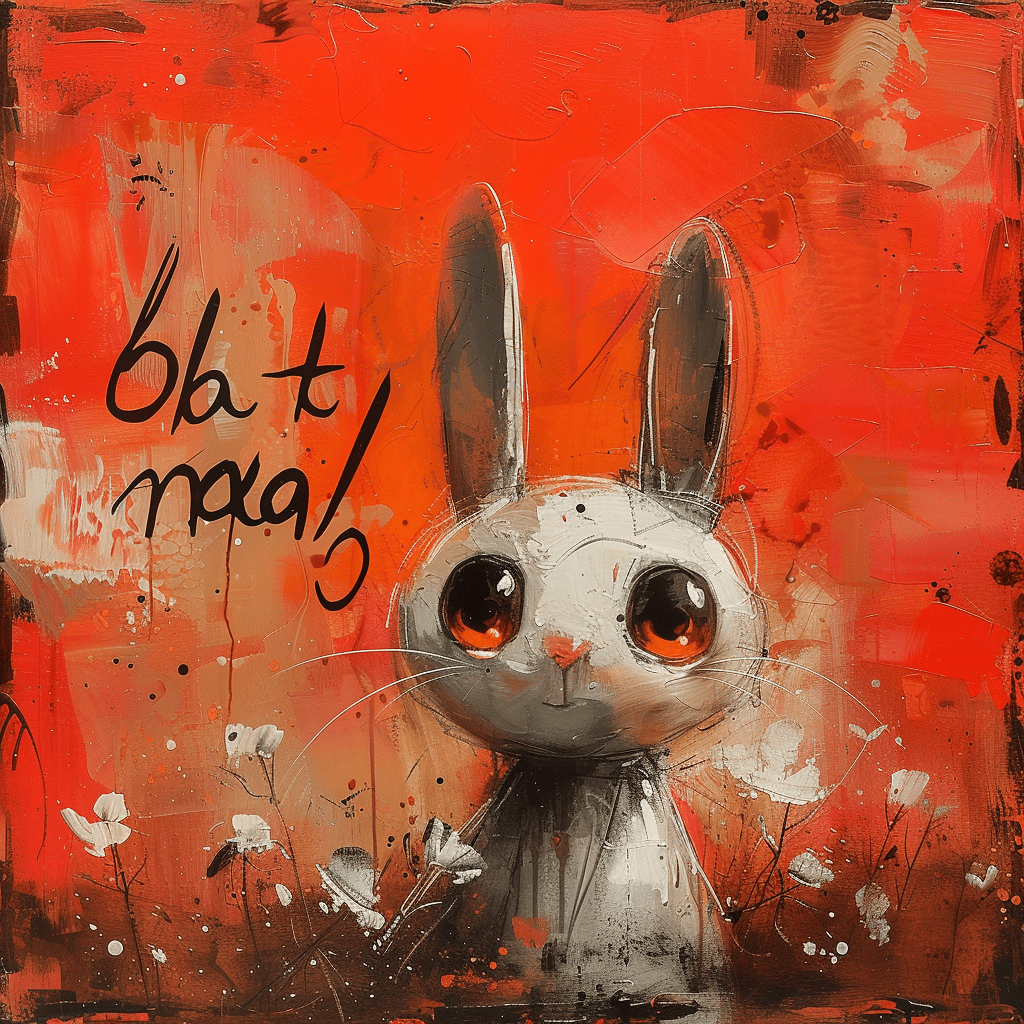The art of greeting is rooted in every culture’s DNA, imbued with history and societal norms that paint a vivid portrait of its people. When it comes to the Polish language, saying “hello” does more than just mark an introduction; it is a harmonious blend of custom, cadence, and courtesy. As we navigate through the cultural intricacies of hello in Polish, you’ll discover that these two syllables offer more than meets the ear. So, buckle up—our exploration will guide you through Poland’s rich linguistic landscape, uncovering the vibrant threads woven into a seemingly simple greeting.
Harnessing the Simple Elegance of “Cześć” – The Primary Polish Greeting
The word cześć, pronounced as “chesht,” spirals out of one’s mouth with a melodiousness that epitomizes the simple yet profound Polish etiquette. What does “cześć” convey beyond its literal meaning? Its resonance carries the weight of respect and acknowledgment, greeting another as an equal, a gesture steeped in tradition yet effortlessly modern.

The History Shaping the Phrase “Hello in Polish”
Polish greetings are not just a matter of social fabric but historical tapestry. The etymological roots of “cześć” and how historical events have influenced its usage are evidence of Poland’s resilience, evolving through partitions and uprisings, echoing the nation’s indefatigable spirit.
| Polish Greeting | Pronunciation | English Equivalent | Usage Context | Phoneme Notes |
|---|---|---|---|---|
| Cześć | chesht | Hello | General, both formal and informal, though more informal | ‘Cz’ sounds like ch, ‘ść’ like sht |
| Hej | hey | Hi | Informal, friendly | Straightforward |
| Dzień dobry | jen dob-ri | Good day | Formal, suitable for business meetings and strangers | ‘Dzień’ means day, ‘dobry’ means good |
| Dobry wieczór | dob-ri vyeh-choor | Good evening | Formal, for evening meetings and greetings | ‘Dobry’ means good, ‘wieczór’ means evening |
| Witaj | vee-tie | Welcome | Warm, inviting, slightly more formal than ‘hej’ | Often used with friends or acquaintances |
| Siema | shema | Hi (slang) | Very informal, among young people or friends | Derived from ‘jak się masz’ (how are you?) |
| Do widzenia | doh vee-dzen-ya | Goodbye | Formal farewell | Literally means ‘until seeing (you again)’ |
Polish Formalities: The Greeting with a Title “Dzień Dobry”
Sometimes, it’s not just what you say but how you say it that elevates a travel experience. The importance of titles and formality when saying hello in Polish is akin to draping yourself in the luxurious threads of a heritage tapestry.

The Casual Flip Side: “Siema” and the Youth Slang
The youthful pulse of Poland beats to a different rhythm. The origin and acceptance of “siema” in contemporary Polish vernacular unfolded from street corners to the digital sphere – a token of camaraderie among the young and the restless.
Salutations Redefined – The Digital Age’s Influence on “Hello in Polish”
In the age where fingers dance across keyboards more than lips part to speak, the transformation of Polish greetings in the digital realm: texting, social media, and email has revolutionized the tradition of face-to-face interaction.
Subtle Gestures that Accompany the Word “Hello” in Polish Society
But let’s not forget the nonverbal – a rundown of physical greetings: handshake, cheek kiss, and others in Poland’s etiquette – faithful companions of the spoken word, embodying the soul behind the syllables.
An Insider’s Guide: The Use of “Hello in Polish” Amongst Expats and Tourists
In the intricate ballet of cultural immersion, case studies: experiences of expats in Poland mastering the art of greeting recount tales of small victories in nail salons and coffee shops, the ripple effects of a well-placed “cześć” paving the way to belonging.
Conclusion: More Than a Word, It’s the Gateway to Polish Culture
This linguistic voyage through “hello in Polish” reveals it as the very gateway to Polish culture, an opening line that unveils an entire narrative of a nation. It’s more than a mere word; it’s an overture to the symphony of social interaction that resonates through the cobbled streets and digital highways of Poland.
In essence, hello in Polish is akin to opening the intricate doors of Polish culture, where each greeting is a blend of history, hospitality, and the heartfelt intention to acknowledge another. It’s an invitation to experience a culture deeply rooted in tradition yet boldly stepping into tomorrow – a culture that, with every “cześć,” extends the warmest welcome to the world.
Discovering the Charm of ‘Hello in Polish’
Greeting someone in Polish is more than just a passing gesture; it’s dipping your toes into a culture rich in history and warmth. When you say “hello” in Polish, you’re not just being polite; you’re wrapping yourself in a linguistic tapestry woven with centuries of tradition. Let’s dive in and explore the surprises this simple greeting holds!
The Everyday Hello
Believe it or not, ‘hello in Polish’ is not one-size-fits-all! The informal way to greet someone is by saying “Cześć!” It’s the equivalent of “Hi” and is as casual and friendly as your favorite T-shirt from the one size beauty collection. You’d use it much like you’d use a comfy hoodie – with folks you’re close to, like friends and family.
Politeness is Key
Now let’s get a smidge more formal, shall we? If you’re meeting someone for the first time, or you’re in a more dignified setting, the word “Dzień dobry” becomes your go-to phrase. It literally means “Good day” and is as essential as a morning coffee. It’s the respectful cousin of “Cześć!” and it carries with it a touch of elegance, reminding you of that timeless piece that fits any occasion. Think of it as the pleated skirt or the classic blazer in the wardrobe of Polish greetings.
It’s All in the Timing
But hold your horses, there’s a catch! “Dzień dobry” isn’t a 24/7 kind of phrase. When the sun starts to yawn and dusk sets in, you switch it up to “Dobry wieczór,” which means “Good evening.” The beauty of this is that it’s as smooth a transition as slipping from daywear to an evening gown.
The Greeting That Keeps on Giving
Here’s a little-known tidbit: “Cześć” also means “bye”! Talk about versatile, huh? This greeting is as multifunctional as a Swiss Army knife or that little black dress that you can dress up or down for any event. It’s the gem in the treasure trove of Polish pleasantries that beautifully encapsulates the nation’s spirit of friendliness.
The Formal Farewell
When it’s time to say goodbye, and you want to keep it on the formal side, you’d say “Do widzenia,” which translates to “until seeing.” It’s got an air of “We will meet again,” doesn’t it? Sort of like the cliffhanger at the end of a season finale – you just know there’s more to come.
So, there you have it, a sprinkling of surprising facts about ‘hello in polish’. Each greeting is steeped in the culture’s love for proper manners, blended with the ease of everyday conversation. Next time you greet someone in Polish, remember, you’re not just saying “hello” – you’re wearing an invisible badge of cultural respect and camaraderie, and that’s simply wonderful, isn’t it?

How do you greet someone in Poland?
– When in Poland, you’re likely to hear “Cześć” as the common way to say hello. Oh, and remember, it’s not like a game of chess—it’s pronounced more like “chesht”. Now, if you’re hanging with friends and not suited up for a business meeting, you can totally go with the more laid-back “hej,” which sounds just like the English “hey.”
How do you say hi in Polish?
– Wanna sound like a true Pole? Just say “hi” with a “cześć” (chesht). It’s super friendly and quintessentially Polish—like a warm pierogi on a cold day.
How do you pronounce cześć?
– If you’re scratching your head over how to pronounce “cześć,” don’t fret. Let’s break it down: start with a “ch” (like in “chocolate”), and then add “esht” (rhymes with “meshed”). Put it together and you’ve got “chesht”—easy peasy!
What is the slang greeting in Polish?
– So, you’re looking for the low-down on Polish slang greetings, huh? Well, “hej” is your go-to—it’s casual, it’s cool, it’s like the “yo” of Polish hellos.
What is a famous Polish saying?
– Pondering about a famous Polish saying? Here’s a gem: “Nie mój cyrk, nie moje małpy,” which hilariously translates to “not my circus, not my monkeys!” It’s a cheeky way of saying, “Not my problem.”
What does Dobra mean in Poland?
– In Poland, “Dobra” is way more than just good—it’s the word you’ll hear when everything’s cool, kosher, or just plain A-OK.
What does Dupa mean Polish?
– Yup, “Dupa” in Polish is that part of you that’s best kept seated—it means “butt.” Just remember, it’s one of those words that’s fun among friends but might raise eyebrows if you say it at Sunday dinner.
What does Baba mean in Polish?
– “Baba,” oh this one is rich! It means “woman” or “old woman,” and while you might hear it tossed around in conversation, best to use it cautiously, ’cause it can be both affectionate and a wee bit pejorative.
What is Dupa Yash?
– Now, “Dupa Yash” is pure Polish quirk—it’s like saying someone’s a lazybones, a couch potato. You know, that friend who’s always “just five more minutes” on the sofa.
How do you say hello and goodbye in Poland?
– Hello? Goodbye? In Poland, you’ve got it all in one word—”cześć” works for both! Just toss it out when you arrive or when you’re hitting the road. Easy!
Is it difficult to learn Polish?
– Tough as nails? Maybe for some. But let’s face it, learning Polish can be a bit of a roller coaster with all those consonants dancing together. Stick with it though, and you’ll be chatting like a local in no time!
What is the hardest Polish word to say?
– Got tongue tied? The hardest Polish word just might be “chrząszcz” (yeah, try saying that three times fast). It’s a mouthful, meaning “beetle,” and it’s like a Scrabble jackpot!
What do Polish say before drinking?
– Cheers to Polish cheers! Before you take a swig, you’d say “Na zdrowie!” It’s like toasting to good health—you know, before you knock back that potent shot of vodka.
How do Polish men greet each other?
– How do Polish men greet each other? A firm handshake, a pat on the back, and depending on how chummy they are, sometimes a bro-hug seals the deal.
Do Polish say Nostrovia?
– “Nostrovia?” Pssh, that’s a rookie mistake! Polish folks actually say “Na zdrowie!” before downing their drinks—a toast to good times and good company!
How do you show respect in Poland?
– Showing respect in Poland is a big deal, folks. Start with a solid handshake, make sure you’re using the right titles like “Pani” for Mrs. or “Pan” for Mr., and remember, good eye contact is gold.
How do you say hello and goodbye in Poland?
– To say hello and goodbye? Hey, we’ve been over this—it’s “cześć” for both! Trust me, it’s like the Swiss Army knife of greetings in Poland.
What is simple greeting?
– A simple greeting, you ask? Just a friendly “hello” will do. It’s like a smile with words—an easy way to brighten someone’s day, no matter where you are.
How do you introduce yourself in Poland?
– Introducing yourself in Poland is a piece of cake! Start with “Cześć, jestem [your name],” which means “Hello, I’m [your name].” Throw in a smile and you’re all set—ready to mingle!






















